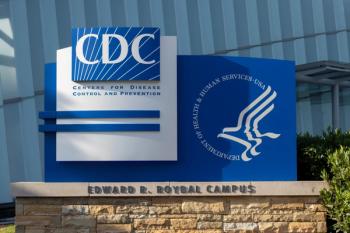
MC1R Mutation Could Increase the Likelihood of Developing Melanoma
Patients with 1 or more mutated MC1R genes had a 42% increase in genetic mutations.
A recent study found that a mutation associated with red hair and freckles could potentially cause an increased risk of developing
Researchers in a study published in Nature Communications found that carrying a genetic variant of the melanocortin 1 receptor (MC1R) gene is associated with a 42% increased rate of genetic mutations compared with people without the variant.
“It has been known for a while that a person with red hair has an increased likelihood of developing skin cancer, but this is the first time that the gene has been proven to be associated with skin cancers with more mutations,” said lead researcher David Adams, PhD. “Unexpectedly, we also showed that people with only a single copy of the gene variant still have a much higher number of tumor mutations than the rest of the population. This is one of the first examples of a common genetic profile having a large impact on a cancer genome and could help better identify people at higher risk of developing skin cancer.”
Prior to accounting for excessive sun exposure, individuals carrying the variant are likely to develop cancerous mutations at the same rate as someone who is 21 years older. In the study, researchers analyzed the germline of 273 patients with melanoma to determine if they had at least 1 R allele of the MC1R gene.
Researchers then looked for somatic mutations in 343 melanoma tumor samples. They discovered that approximately half of the patients had 1 copy of the R allele and only 28 patients had 2 R alleles.
Researchers found more mutations in tumor samples from patients with the R alleles compared with tumor samples from patients without the mutation, according to the study. They discovered that the MC1R mutation increased the amount of spontaneous mutations took place.
They also found that normal cells gathered more mutations in patients with the mutation. Researchers said this phenomenon reveals that cancer development does not rely on UV exposure in this population.
"This important research explains why red-haired people have to be so careful about covering up in strong sun. It also underlines that it isn't just people with red hair who need to protect themselves from too much sun,” said Julie Sharp, PhD, head of health and patient information at Cancer Research UK. “People who tend to burn rather than tan, or who have fair skin, hair or eyes, or who have freckles or moles are also at higher risk.”
Newsletter
Stay informed on drug updates, treatment guidelines, and pharmacy practice trends—subscribe to Pharmacy Times for weekly clinical insights.




















































































































































































































